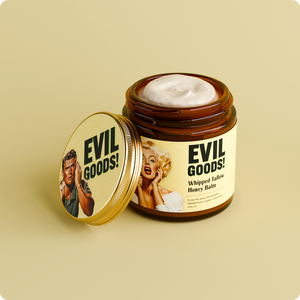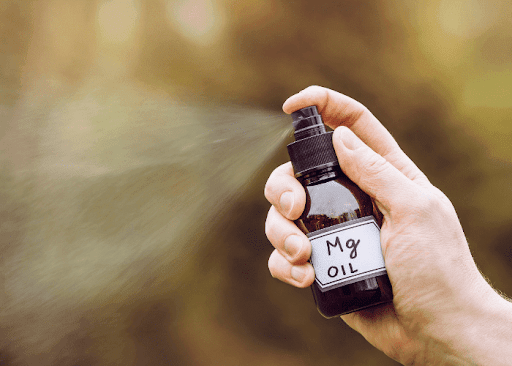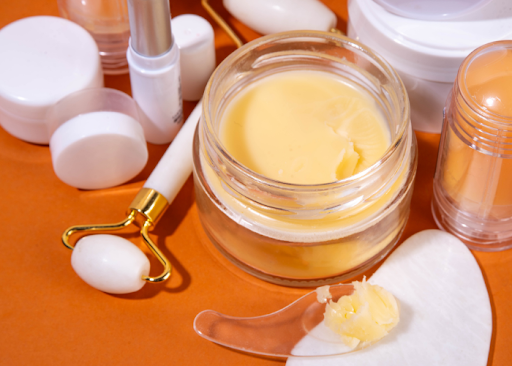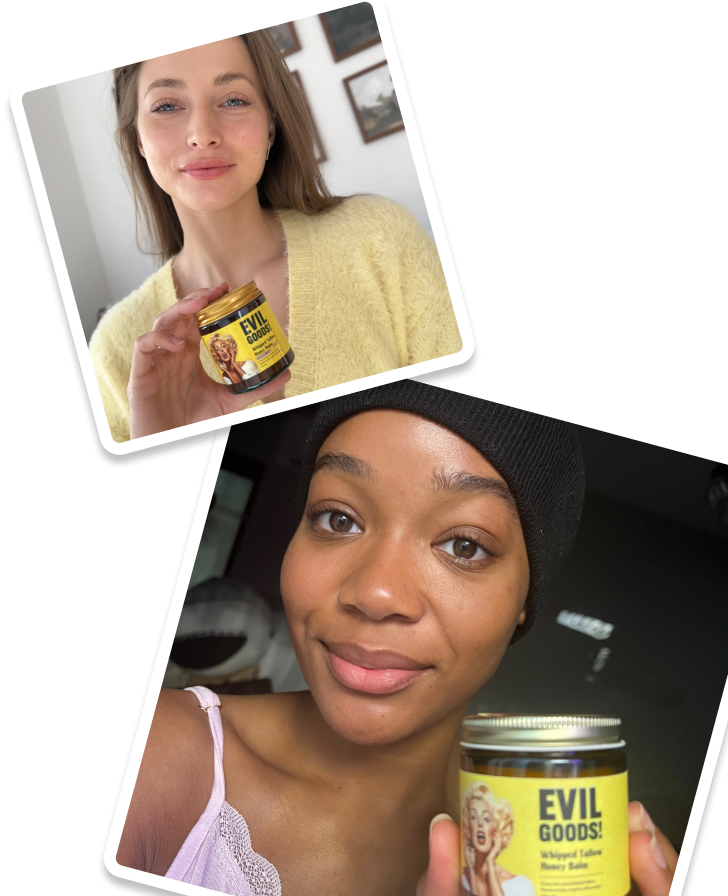If you’re a first-time traveler, you might be wondering: can you bring sunscreen on a plane? It’s a good question. Sunscreen’s a must when flying to a sunny place or sitting near plane windows that let UV rays through.
But airport security and TSA regulations can make packing sunscreen a bit tricky. The TSA (Transportation Security Administration) handles airport security in the U.S. You want to protect your skin from harmful UVB and UVA rays, avoid skin cancer risks, and keep your skincare routine intact during air travel.
This guide breaks down the TSA’s specific rules on sunscreen in carry-ons and checked bags. We’ll share pro tips on packing sunscreen, explain size restrictions, and help you understand how to bring spray sunscreen, gel sunscreen, or solid sticks without hassle.
Why is Sunscreen Important While Traveling?
At 30,000 feet, you’re exposed to more harmful UVA and UVB rays. But it’s not because you’re "closer to the sun" as some might believe. The sun is 93 million miles away, so a 6-mile disparity in altitude won’t make much of a difference.
The major reason for increased exposure to UV radiation at higher altitudes is that there is less atmosphere above to filter out harmful ultraviolet (UV) radiation. The atmosphere surrounding our planet, the ozone layer, is a natural shield that absorbs most of the UV rays. When you’re higher up, this atmospheric protective cover is thinner, allowing more UV radiation to reach you.
Studies have shown that UV radiation increases by roughly 10% for every 1,000 meters (roughly 3,370 feet) of altitude. This means that at airline cruising altitude (some 30,000-40,000 feet), UV radiation can be considerably higher than on the ground. One study found that flying for an hour at 30,000 feet could expose pilots to as much UVA as 20 minutes in a tanning bed.
Airplane windows screen out the majority of the UVB rays (the ones that cause sunburn). However, UVA rays (which penetrate more deeply into the skin and also induce aging and skin cancer) can pass through the glass window.
Packing sunscreen is a smart idea to protect your skin from premature aging, skin cancer, and other dangers. Sunscreens with mineral ingredients like zinc oxide and titanium dioxide are your best bet. These minerals block harmful rays without irritating your skin or contributing to coral bleaching.
Some chemicals in sunscreen, such as oxybenzone and octinoxate, can hurt coral reefs. These harmful ingredients can disrupt the symbiotic relationship between corals and the algae that live within their tissues. As a result, the coral would push the algae out and turn white.
Even small amounts of these chemicals can damage coral DNA, causing deformities. It makes it hard for them to reproduce, which puts reefs at serious risk. Coral-safe sunscreen is especially important if you’re visiting coral reefs or places like the US Virgin Islands.
TSA Rules: Can You Bring Sunscreen on a Plane?

Now, the big question: can you bring sunscreen on a plane without running into TSA restrictions? The Transportation Security Administration treats sunscreen like other liquids and aerosols. That means size restrictions apply.
Sunscreen in Carry-On Luggage
When it comes to your carry-on or hand luggage, the TSA considers sunscreen a liquid or aerosol if it’s in spray or gel form.
- Travel-Size Containers Only: You can bring sunscreen in containers up to 3.4 ounces (100 milliliters) each.
- Must Fit In A Quart-Sized Bag: Your sunscreen needs to fit in a single quart-sized or sealed plastic bag.
-
Easily Accessible For Screening: Keep the plastic bag somewhere easy to reach so you can get it screened at airport security.
Aerosol Sunscreen Rules
If you want to bring spray sunscreen or aerosol sunscreen on a plane, the same 3.4-ounce size limit applies for carry-ons. But aerosols have extra rules when packed in checked bags:
- Container Size Limit: Aerosols must be under 18 ounces per container.
- Total Aerosol Allowance: You’re allowed up to 70 ounces of aerosols per passenger in checked luggage.
Solid Sunscreen Sticks
Solid sunscreen sticks, including those with zinc oxide or titanium dioxide, are a convenient option when you’re traveling on a plane.
- No TSA Size Restrictions: Solids aren’t subject to liquid limits.
- Pack In Any Bag: You can bring them in your carry-on or checked bag without worrying about volume or extra screening.
Sunscreen in Checked Luggage

Packing sunscreen in checked luggage is more flexible.
- Larger Containers Are Allowed: You can bring full-size bottles of sunscreen in your checked baggage.
-
Check Destination Laws: If you’re flying to areas like the Virgin Islands or Hawaii, check their local laws. These places may have rules to protect coral reefs from harmful chemicals in some sunscreens.
What to Pack and Where
Knowing what to pack in your carry-on vs. checked luggage makes a difference when flying with sunscreen.
- Carry-On Packing Tips: Stick to 3.4-ounce or smaller bottles, sprays, or gels. Place them in a sealed or quart-sized plastic bag with other liquids and toiletries. This helps you get through airport security faster and keeps your sunscreen within reach during the flight.
- Checked Bag Packing Tips: Larger bottles are fine here. Just make sure you’ve packed them securely and check regulations for your destination ahead of time.
How to Travel With Sunscreen: Expert Packing Tips

Choose Travel-Size Bottles for Carry-Ons
Travel-sized containers of 3.4 ounces or less are the best bet for your carry-on bag. They fit easily into a quart-sized bag and comply with TSA regulations, which will make gliding through airport security a smooth process.
Use Solid Sunscreen Sticks to Get Around Liquid Restrictions
Solid sunscreen sticks with zinc oxide or titanium dioxide don’t count as liquids. This makes them a convenient option to carry in your hand luggage without worrying about size restrictions.
Seal Containers in Leak-Proof Plastic Bags
Packing sunscreen in a sealed plastic bag will stop spills that could damage other toiletries or electronics. This simple step keeps your carry-on luggage clean and organized.
Label Decanted Bottles Clearly
If you transfer sunscreen into smaller containers, make sure to label them clearly. This helps airport security quickly identify your products and avoid delays.
Apply Sunscreen Before Boarding
Applying sunscreen before you get on the plane is a smart idea, especially if you’re sitting near a window. UVA rays can penetrate airplane windows and damage your skin during a long flight.
How Evil Goods Helps You Protect Your Skin
At Evil Goods, we believe skin protection should be simple and effective. We make our skincare products with natural, nourishing ingredients like zinc oxide, grass-fed tallow, and organic botanicals. These ingredients provide broad-spectrum sun protection without harsh chemical ingredients that harm your skin.
Additionally, our formulas are gentle on sensitive skin, so you can wear sunscreen daily without irritation.
Why Travelers Love Our Skincare Products

- Deep hydration and skin glow: Our formulas nourish skin while protecting it.
- Gentle on sensitive skin: No parabens, phthalates, or synthetic fragrances.
- Clean, natural ingredients: Zinc oxide and grass-fed tallow for safe sun protection.
- Satisfaction guaranteed: We stand behind every product for your peace of mind.
Frequently Asked Questions
Can I Bring Sunscreen In My Carry-On Bag on a Plane?
Yes. You can bring travel-sized sunscreen containers up to 3.4 ounces in your carry-on bag. Just make sure it’s packed inside a quart-sized sealed plastic bag.
Is Spray Sunscreen Allowed on Airplanes?
Yes. You’re allowed to bring spray sunscreen and aerosol spray sunscreen in carry-on luggage if the containers are 3.4 ounces or less and fit in your liquids bag.
Can I Bring Full-Size Sunscreen In Checked Luggage?
Yes. You can pack larger sunscreen bottles and aerosols in checked baggage, but aerosols must meet TSA size restrictions.
Are Sunscreen Sticks TSA-Approved?
Absolutely. Solid sunscreen sticks don’t count as liquids, so you can carry them in your hand luggage without size restrictions.
What’s the Best Way to Pack Sunscreen for a Flight?
Use travel-sized sunscreen bottles or solid sticks, pack them in a sealed plastic bag with other liquids, and keep them easily accessible for airport security.
Do I Need to Declare Sunscreen at Security?
No. If you pack your sunscreen according to TSA regulations, it won’t require a special declaration, but you must remove it from your carry-on bag for screening.

Final Thoughts on Traveling with Sunscreen
You can bring sunscreen on a plane as long as you follow TSA rules. If you're packing sunscreen in your carry-on luggage, make sure spray sunscreen, gel sunscreen, and other liquids fit in a quart-sized sealed plastic bag. Solid sticks are easier, but you can still bring spray sunscreen or aerosol spray sunscreen in a checked bag if it's within the limits. No matter where you're flying, always apply sunscreen for sun protection, as UVA and UVB rays can still reach you through windows.
References
- Ozone Layer Protection - Basic Ozone Layer Science, March 5, 2025, U.S. Environmental Protection Agency (EPA).
- Factors That Affect Uv Radiation Levels, 2024, Cancer Council NSW
- Literature Review On The Safety Of Titanium Dioxide And Zinc Oxide Nanoparticles In Sunscreens, March 2016, Therapeutic Goods Administration (TGA), Australian Government.
- The Truth About Corals and Sunscreen, September, 2022, Smithsonian National Museum of Natural History.

Dr. Elena Dinkollari
MD, Dermatologist & Endocrinology Assistant
Doctor Approved








